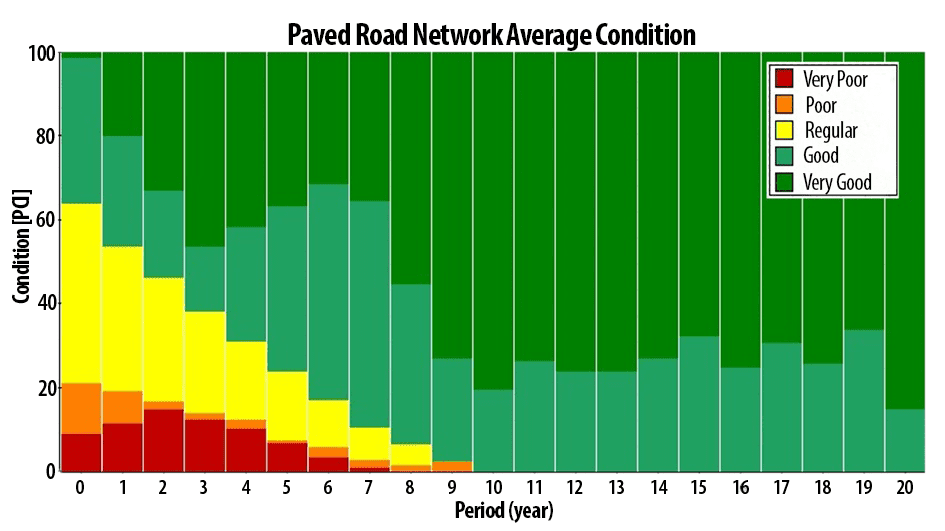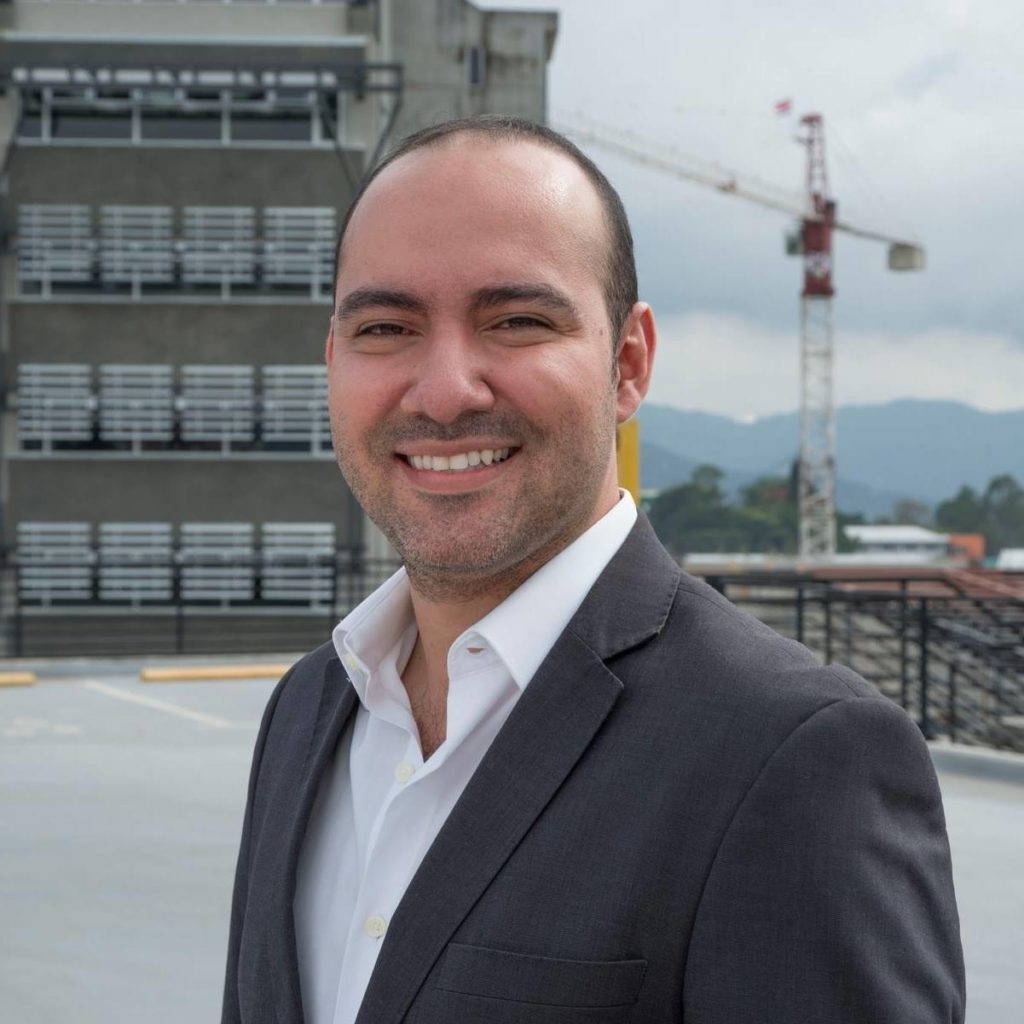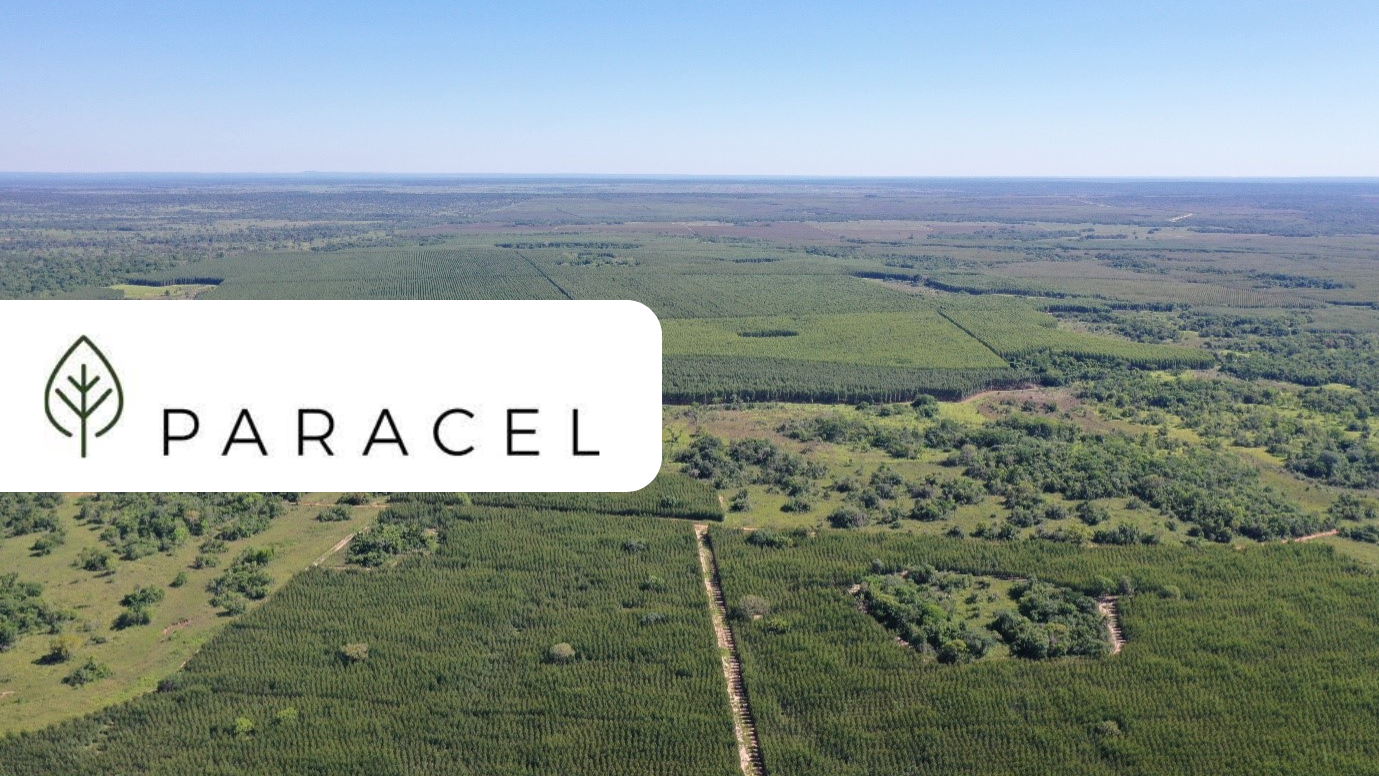Whether they allow goods and services to be transported from one place to the next, facilitate tourism, or allow people to connect, good road networks are an essential component of any country’s social-economic development. Costa Rica is no different. Spanning some 51,000 km², Costa Rica is home to approximately 5 million people, connected by some 48,000 kilometres of road. Unfortunately, Costa Rica’s road network has suffered from a lack of investment over the years and has degraded. More recently, improving the road network has become a hot topic for the Costa Rican government.
“We need to plan how we invest our resources into the roads,” José David Rodríguez-Morera, Road Auditor at Transportation Infrastructure Program (PITRA) based at the University of Costa Rica’s National Laboratory for Materials and Structural Models (LANAMME-UCR) explained. “We also want that investment in the roads to produce other benefits,” he added.
In 2019, Costa Rica unveiled its pathway toward net-zero carbon emissions by 2050. If Costa Rica is to be successful, its strategy must be comprehensive, looking at emissions from multiple different sectors – like the road network. The challenge is to develop a strategic investment plan for developing and maintaining the road network that not only keeps it in good condition but also helps support social-economic development, all while keeping carbon emissions to a minimum.
To tackle this, Rodríguez-Morera and UCR undergraduate student Rodrigo Arias-García built on previous research by civil engineer Dr Jenny Chaverri-Jimenez and used Remsoft’s Woodstock Optimization Studio to explore scenarios for investing in and managing the entire Costa Rican national paved road network for the next twenty years. First, Rodríguez-Morera and Arias-García divided the network into segments, giving each a ranking in terms of their physical condition, and the cost of preserving (for segments in excellent condition) or rehabilitating and even reconstructing the road (for very poor condition segments). For the social-economic aspects, they incorporated measures of average daily traffic, social progress (basic human needs, welfare foundations, and opportunities), as well as productivity and development metrics for each of the cantons (administrative sub-regions) the road segments are in. Finally, they captured the carbon emissions associated with maintaining, repairing, or completely reconstructing road segments as an environmental cost.
Rodríguez-Morera then ran several different road network management scenarios, changing aspects such as the budget allocated to the network, and various policy prioritisations in terms of minimizing carbon emissions, maximizing social benefits, and optimizing the condition of the network itself.

José David Rodríguez-Morera
Evolution of the condition of the National Road Network of Costa Rica, when maximizing the Pavement Condition Index with an annual budget of 135 millions USD.
The research provides some interesting and, at times, unexpected results. Generally, the scenarios indicate that roads in better condition have lower overall costs associated with them – and lower carbon emissions. “In the long run, it’s cheaper to maintain an asset in good condition than to invest in an asset that is in very poor condition,” Rodríguez-Morera explained. “Assets in poor condition will need reconstruction, and that is going to have high carbon emissions because of the material that is needed, the large equipment, the distances to carry all the material and equipment, and the nature of the work that is performed itself.” Furthermore, the scenarios highlight that delaying road maintenance can lead to higher carbon emissions and higher repair costs in the long run, simply because the condition of the road will continue to deteriorate. As Rodríguez-Morera notes, administrative procedures can compound this issue. “The road may become so deteriorated that the Maintenance Division cannot repair it, and they have to go to reconstruction. This means a change in Division and a new contract to carry out the works, which takes years to organize.”
Unsurprisingly, the scenarios suggest that reducing the road network’s budget results in a road network in worse condition in twenty-years’ time than maintaining the current one. Perhaps counter-intuitively, they also indicate that increasing the budget will not result in a significant improvement in the final condition of the network. Still, with an increased budget, the scenarios suggest that the network could reach a good condition overall in a much faster timeframe than can be done with current budget levels. Although this does not help reduce carbon emissions, Rodríguez-Morera notes, it does contribute towards the comfort and safety of road users.
Perhaps equally surprising at first glance, the scenarios indicate that strategies focusing solely on minimizing carbon emissions does not result in as good condition road network than simply optimizing road conditions. As always, the answer lies in the details. Minimizing carbon emissions means not repairing or reconstructing some roads that are in particularly poor condition because doing so is too ‘costly’ in terms of emissions.
The most optimal solution appears when balancing emissions with social-economic needs. In a nutshell, Costa Rica can have a good quality road network with a lower carbon footprint that supports and improves the lives of Costa Ricans and the economy, and for less money in the long-term – all with a little planning.
LANAMME-UCR is legally mandated to research and oversee Costa Rica’s national road network, and the work they conduct goes directly to managers and stakeholders. For Rodríguez-Morera, the ability to offer decision-makers long-term scenarios that can be incorporated into a strategic plan is a “game-changer.”
“The advantage of long-term analysis is that it is possible to reduce uncertainty about the effectiveness of maintenance policies. When I present the output [of Woodstock] showing how today’s decisions impact the future condition of our road network assets, they are amazed,” Rodríguez-Morera said.

“It is important to have the whole picture. In fact, these scenarios are better than a picture. It’s like a movie – you can see what’s going to happen every year,” he added. “We can convince elected officials, decision-makers, and stakeholders that we have the data, and we have the knowledge to make long term decisions. Now we have to apply it at the strategic level to start seeing the results.”



